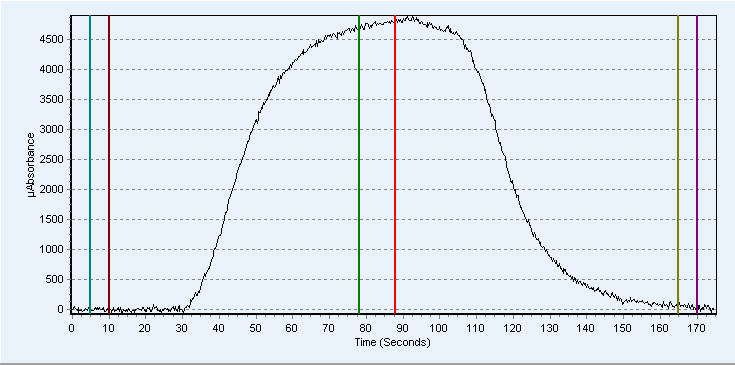.jpg?width=305&height=154&name=large-Know%20Your%20QuickTrace%20Series%20Part%201%20Pump%20Rate__Blog%20Social%20Media%20Image%20(1).jpg) There are always lots of factors when it comes to running any samples: concentrations present, liquid and gas flow rates, unit detection limits, to name a few. The liquid flow is highly important in the QuickTrace® M7600 and QuickTrace® M8000 due to the sample and reagents being introduced by the liquid flow. In this three-part series, we will focus on three major elements that can affect liquid flow: the pump rate, the capillary action, and the tubing.
There are always lots of factors when it comes to running any samples: concentrations present, liquid and gas flow rates, unit detection limits, to name a few. The liquid flow is highly important in the QuickTrace® M7600 and QuickTrace® M8000 due to the sample and reagents being introduced by the liquid flow. In this three-part series, we will focus on three major elements that can affect liquid flow: the pump rate, the capillary action, and the tubing.
When preparing to run an experiment, determining the sample pump rate is a great place to start. The sample pump rate is an easily adjusted part of the liquid flow. The sample pump can allow for greater or reduced sensitivity or sample use depending on the rate used. A faster pump rate will deliver a higher response and sensitivity by pulling sample at a higher rate over the gas liquid separator (GLS), creating a denser concentration of mercury vapor in the CVAA detector. However, this higher flow rate will deplete sample and stannous chloride solution faster as well.

Figure 1: QuickTrace® M7600 Gas 40mL/min, pump 100%
Lower pump rates will reduce both the signal and the sample usage. A lower pump speed can be great for higher concentrations or for samples that do not have large volumes. However, if the gas flow is not increased, then the individual run times can take longer to fully rinse before the next run. The timing of the peak also is expected to be shifted with different pump speeds.

Figure 2: QuickTrace® M7600 Gas 40mL/min, Pump 50%
Sample pump rate is a good tool for prepping the application you want when trying to balance your signal and sample usage. Liquid flow rate and gas flow rates work together to build the timing and sample signal for a method.
In part two of this three-part series, we’ll look at capillary action.
For more information on our Mercury Analyzers, please visit our website or , click the button below and we will reach out to you.

